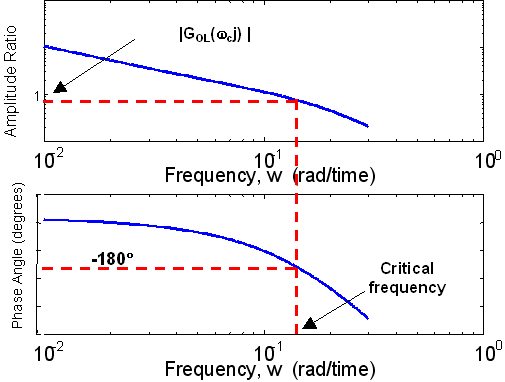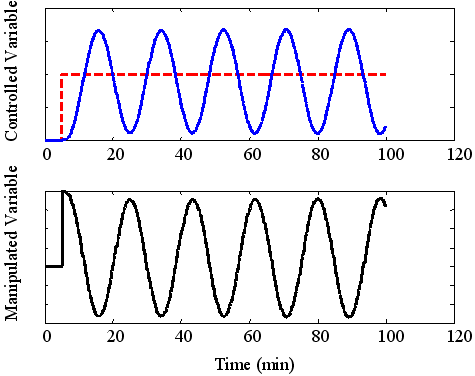|
|
|||||
|
|
|||||
|
Apply Your Knowledge |
| 10.8 To achieve stability, the feedback controller must have an integral mode. |
|
| 10.9 The control system is functioning well. Which of the following would result in the feedback system becoming unstable? |
|
| 10.10 What is the basis for the Bode stability test? |
|
| 10.11 The control system analyzed by the Bode plots given below is stable. |
|

| 10.12 What is the basis for the Ziegler-Nichols tuning method? |
|
| 10.13 In a process plant, we would use the Ziegler-Nichols closed-loop (cycling) tuning method. |
|

| 10.14 The feedback system was working properly; then, we doubled the tank volumes. How does the tuning have to be changed in response? |
|